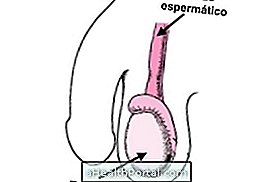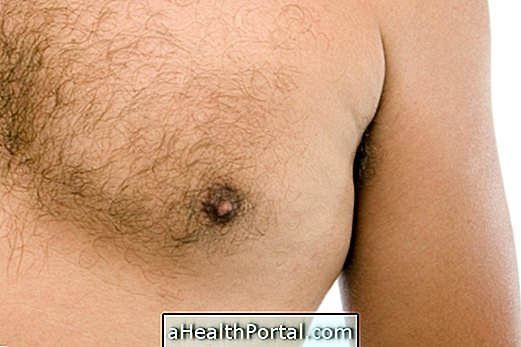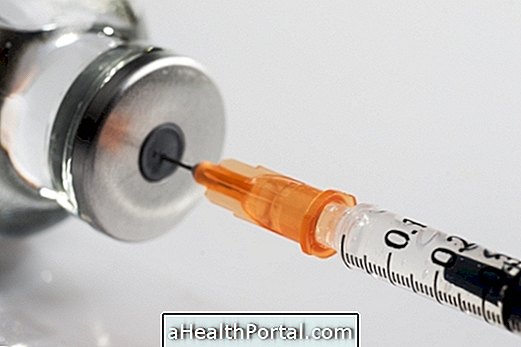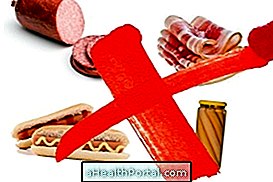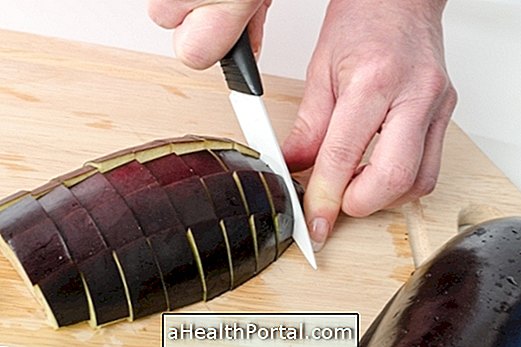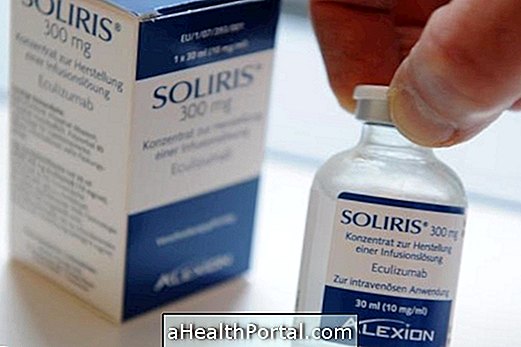Folliculitis of the beard or pseudofolliculitis is a problem that arises in the majority of cases after shaving the beard, being a small inflammation of the hair follicles. This inflammation usually appears on the face or neck and causes some unpleasant symptoms such as redness, itching, and small red marbles on the face that can infect and cause abscesses with pus.
In most cases, folliculitis of the beard disappears over time and with some basic care, which includes washing the affected area regularly with cold water or passing a soothing shaving cream, for example. However, in some cases blisters may occur with pus, in which case it is necessary to perform a treatment indicated by a dermatologist.
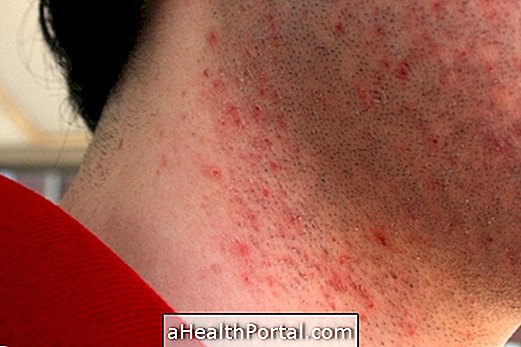
How to Tell if It's Folliculitis
Folliculitis of the beard generally appears after shaving and in regions such as neck or face and causes symptoms such as:
- Redness in the region of the beard;
- Intense itching sensation on the skin;
- Small 'balls' on the face, red and inflamed, similar to acne.
In addition, in the most severe cases small, infected red balls with pus may also appear, causing pain and discomfort.
Folliculitis of the beard is usually caused by ingrown hairs and so arises usually after shaving, but it can also be caused by the presence of Staphyloccosis Aureus or other bacteria or fungi on the skin.
How is the treatment done?
In most cases, folliculitis of the beard eventually heals over the days, but when the symptoms remain for several days or when the red balls infect and cause pain, it is necessary to seek a dermatologist.

The treatment indicated by the doctor depends on the intensity of the symptoms and may include the use of antiseptic soap or corticosteroid or antibiotic ointments. It is usually indicated to wash the face with the soap twice a day, passing then the ointment indicated by the doctor.
In addition, laser hair removal can also be a good treatment option for people who suffer from folliculitis of the beard regularly, since the laser used in the depilation emits a wavelength that damages the hair, thus reducing the appearance of inflammations and hairs ingrown.
How to prevent it from appearing
To prevent the onset of beard folliculitis there are some tips that can make all the difference, such as:
- Shave only once a week;
- Use a new blade every time you shave;
- Always cut the beard in the direction of hair growth.
- Avoid passing the blade in the same place 2 times;
- Spray a moisturizer after shaving;
- In case of inflammation, avoid bursting the bubble that forms, not being indicated to try to pull the hair.
In addition, exfoliation can also help prevent the ingrowth of ingrown hairs, see how to do it in home remedy for ingrown hairs.
Pseudofolliculitis may also occur in women, especially in areas with stronger and thicker hairs where razor hair removal has been performed, such as the groin and underarms.


